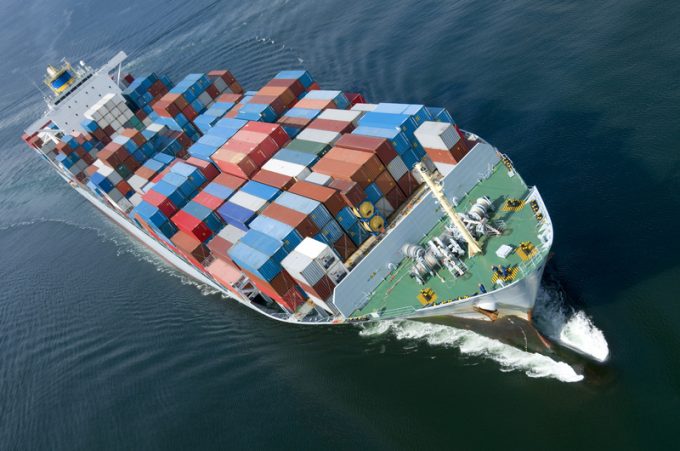Carriers could correct charter market boom
A charter market correction could be looming amid the deterioration in spot rates. Citing the ...

The spread between rates on the spot market has reached an “unprecedented” level, with wide-ranging implications for container shippers this year.
Analysing rates from Asia to North Europe during a webinar this week, freight rate benchmarking firm Xeneta showed how the average spot price had jumped some 2,000% over the past five years to $8,300.
However, as in previous years the spread between the lowest and highest short-term rate was around $1,000, the current spread ranges between $6,000 and $11,000.
And now, Xeneta ...
'Disastrous' DSV-Schenker merger would 'disrupt European haulage market'
'Chaos after chaos' coming from de minimis changes and more tariffs
List of blanked transpac sailings grows as trade war heats up and demand cools
Shippers in Asia restart ocean shipment bookings – but not from China
Forto 'sharpens commercial priorities' as it lays off one-third of staff
India withdraws access for Bangladesh transhipments, in 'very harmful' decision
'Tariff hell' leaves industries in limbo – 'not a great environment to plan'
Temporary tariff relief brings on early transpacific peak season
Pre-tariff rush of goods from US to China sees air rates soar, but not for long
Asian exporters scramble for ships and boxes to beat 90-day tariff pause
De minimis-induced ecommerce demand slump could cripple freighter operators
Forwarders 'allowing the fox into the chicken run' by supporting 'hungry' carriers
Hapag 'took the bigger risk' when it signed up to Gemini, says Maersk
'Restoring America's maritime dominance' – stop laughing at the back of the class
Navigating tariffs: 'like trying to solve a Rubik's cube while colour-blind'

Comment on this article